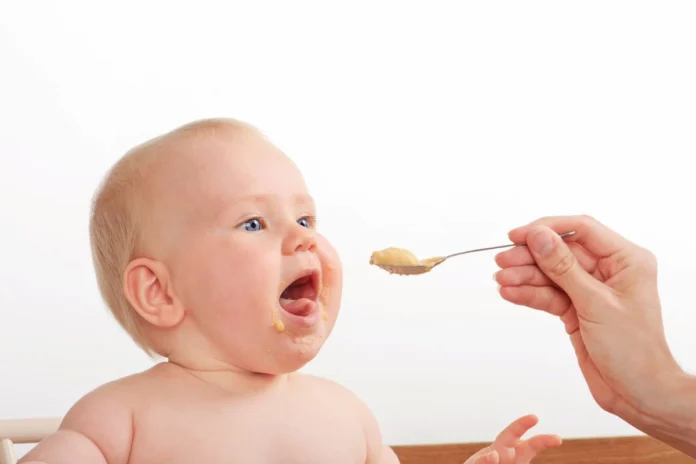Following years of research that showed that many ingredients consisted high levels of lead referred to increase the likelihood of neural and cognitive disorder, FDA issues new lead restrictions in processed baby food like minced veggies and fruits and powdered cereal grains.
What does FDA aim to?
According to the department’s estimation, the recommendations might cut children’s dietary intake to lead by around 25%.
The proposed regulations do not affect food snacks, that have also been proven to contain elevated levels of major elements and are targeted at diets for kids under two. Additionally, they would not place restrictions on some other elements like cadmium that government and various citizen advocacy organizations have already found in food ingredients.
In accordance with an F.D.A. press release, the restrictions “would have significant decrease in risks to lead from foodstuffs whilst preserving access of nutritional foods.”
Scott Faber, vice president of public affairs for the Environmental Working Group, a non-profit organisation that already had asked the FDA to take steps to eliminate elements from meals, said, “This is extremely big advancement for newborns.” We were appreciative that the FDA and the Biden government had prioritised decreasing harmful ions in infant food.
The FDA released a draught of its recommendations, which food makers are not required to follow. If the recommendations are implemented, the FDA would be able to take prosecution towards businesses that manufacture products that went beyond the new restrictions.
Dr. Robert M. Califf, the FDA commissioner mentioned the modifications “will deliver long time, significant and sustained decrease in the intake to such a toxin from products.” Following the guidelines, if goods included amounts over the acceptable range, the FDA might label them as “adulterated” and ask for a warning, confiscate the supplies, or suggest court action.
Lead Guidelines proposed by FDA
Food products, including those contained in jars, sachets, tubes, and cartons and designed for young children and infants under the age of two are addressed by the guidance document, Action Levels for Lead in Food Intended for Babies and Young Children. The following action levels include Fruits, vegetables (except from root vegetables made from a single ingredient), combinations (including those made from grains and meat), and yoghurts are all allowed at 10 parts per billion (ppb). puddings and meats with only one ingredient, root vegetables 20 ppb (single ingredient), dry cereals, 20 ppb.in the draught guidance.
Are new guidelines really appealing?
The suggestions are unsatisfactory, according to Jane Houlihan, research director for the group Healthy Babies Bright Futures. She claimed that it didn’t extend far sufficiently to shield infants from the neurocognitive harm caused by lead contamination. The F.D.A.’s action levels won’t affect practically any of the infant foods which we’ve evaluated because lead is present in the majority of them.
There is no healthy threshold of lead exposure for babies, who are particularly susceptible to lead absorption, according to the Centres for Disease Control and Prevention. The F.D.A. suggested limiting the amount of lead in yoghurts, fruit, vegetables, to less than ten parts per billion and to no well over 20 parts per billion in dried new-born foods and veggies.
In accordance with an F.D.A. press release, the restrictions “would have significant decrease in risks to lead from foodstuffs whilst preserving access of nutritional foods.”

